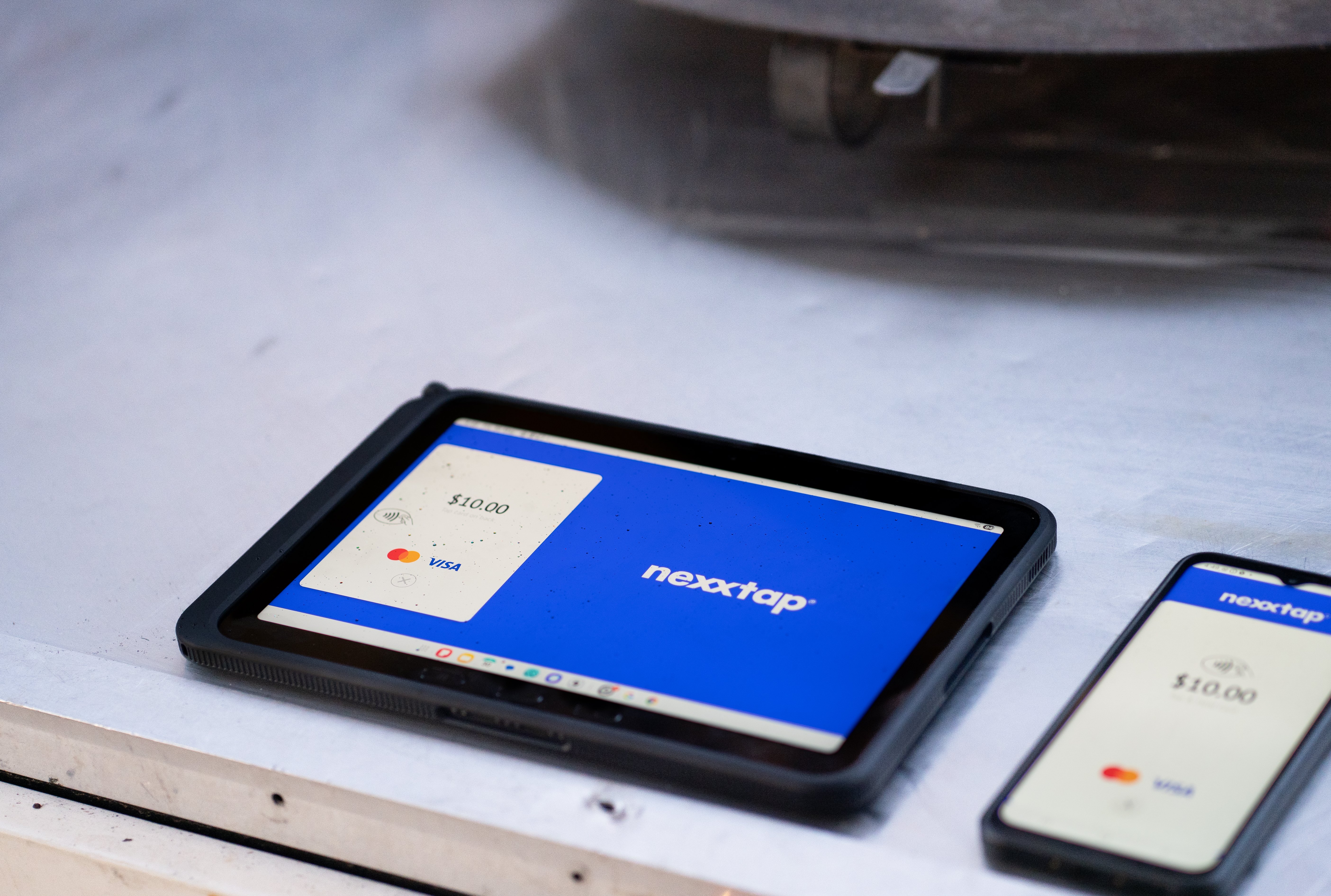Mastering Cash Flow: How Startups and Small Businesses Can Stay in Control
Cash flow can make or break a small business. It’s the financial heartbeat that keeps everything moving, from paying suppliers and staff to reinvesting in growth. But for startups, keeping cash flow steady can feel like an uphill battle, especially when customers pay late or expenses hit all at once.
The good news? With the right systems, payment tools, and planning, you can turn cash flow from a constant stress into a strength.
Why Cash Flow Matters More Than Profit
It’s easy to assume that turning a profit means your business is healthy. But cash flow tells a deeper story. You can be profitable on paper and still run into trouble if your cash isn’t coming in when you need it.
Strong cash flow means you can:
-
Pay bills and wages on time
-
Reinvest confidently in marketing, stock, or equipment
-
Handle emergencies or unexpected costs
-
Take advantage of new opportunities without delay
Think of cash flow as your business’s oxygen, without it, growth stalls quickly.

Common Cash Flow Challenges for Startups
Startups often struggle with:
-
Delayed client payments – waiting 30 days or more after issuing invoices.
-
Upfront costs – such as stock, rent, or marketing before revenue kicks in.
-
Seasonal sales dips – where income drops but expenses remain.
-
Unclear forecasting – not knowing how much cash you’ll have next month.
Identifying where your cash flow bottlenecks occur is the first step to fixing them.
5 Smart Cash Flow Tips for Small Businesses
1. Tighten Your Payment Terms
Ditch the 30-day invoice cycle. Shorter terms like 7 or 14 days encourage faster payments and healthier cash flow. You can also use automated reminders to prompt customers before their due dates.
2. Make It Easy to Pay You
Customers are more likely to pay on time if it’s quick and simple. With Nexxtap, businesses can accept contactless payments directly from an Android phone—no extra hardware, cables, or dongles required. When payments happen instantly, cash flow improves immediately.
3. Build a Cash Buffer
Aim to have at least one to three months of operating expenses saved. It might sound ambitious for startups, but even small, regular contributions add up and give you breathing space during slow periods.
4. Forecast and Track Regularly
Use a basic spreadsheet or accounting software to map incoming and outgoing cash for the next 3–6 months. This helps you spot shortfalls early and plan for expenses like tax or inventory restocks.
5. Incentivise Early Payments
Reward reliability. Offer small discounts or loyalty perks for customers who pay early or on time. It’s a simple way to motivate prompt payments without chasing invoices.

How Nexxtap Helps You Stay Cash Flow Positive
Nexxtap turns your phone into a payment powerhouse, letting you accept contactless payments instantly. No terminals, no monthly rental fees, and no delays. It’s fast, secure, and designed to help Aussie businesses keep cash flowing when it matters most.
When payments are seamless, you spend less time chasing invoices and more time growing your business.
The Bottom Line
Cash flow isn’t just an accounting metric, it’s the foundation of every successful business. Start small, stay consistent, and use tools like Nexxtap to make getting paid simple and instant.
Your business moves fast. Your payments should too.